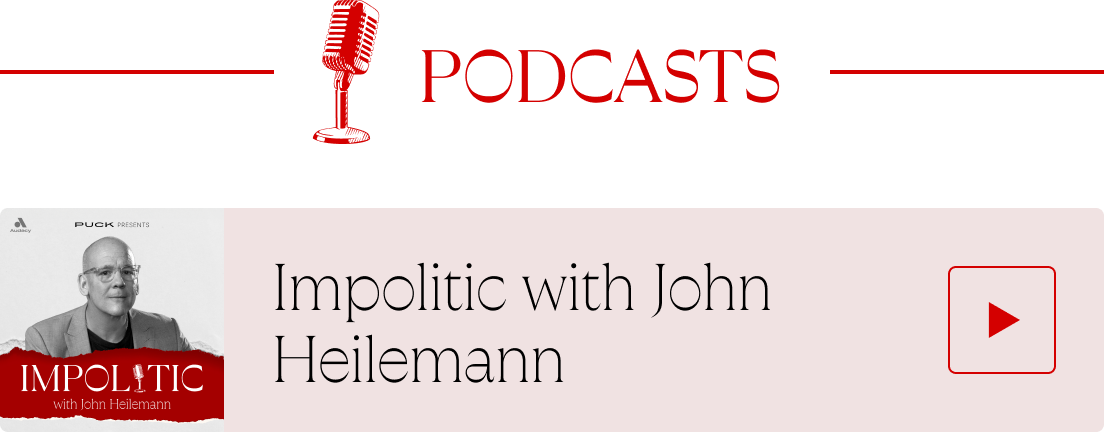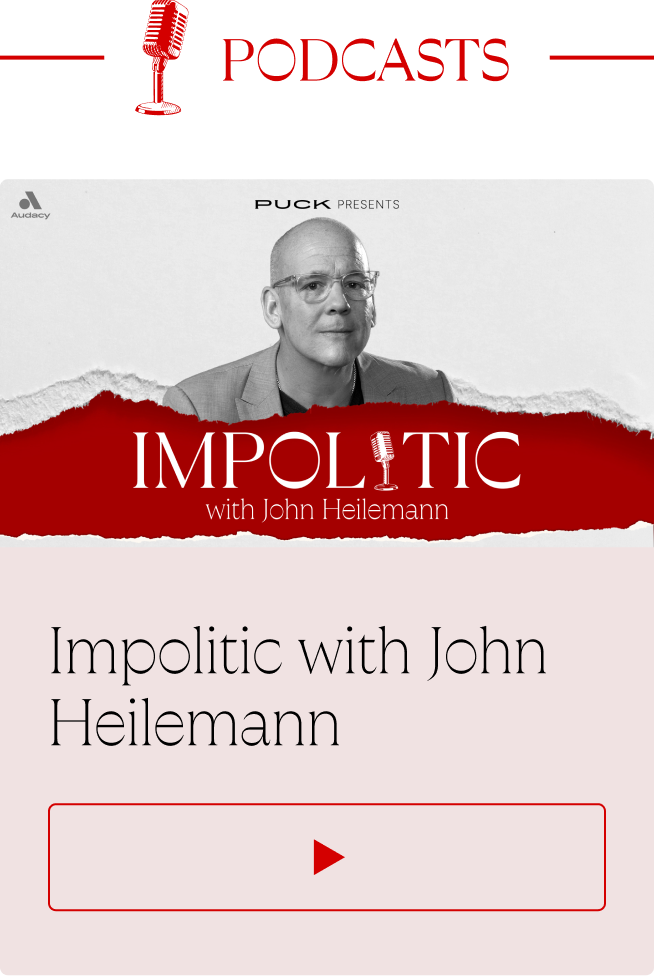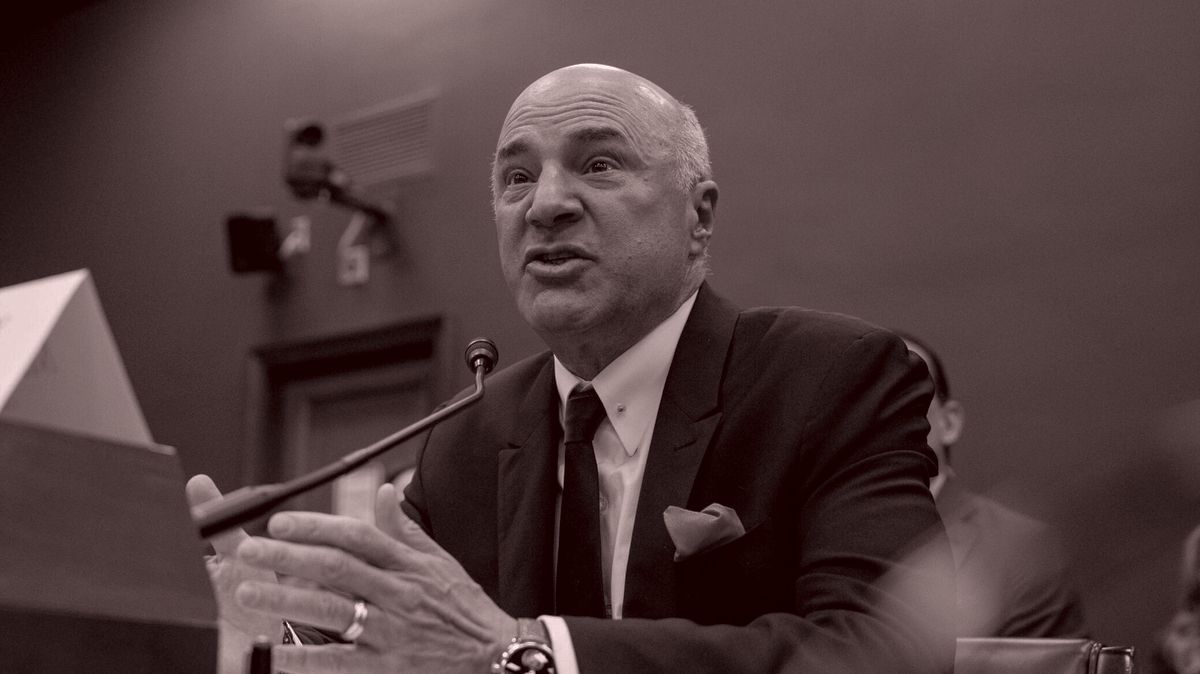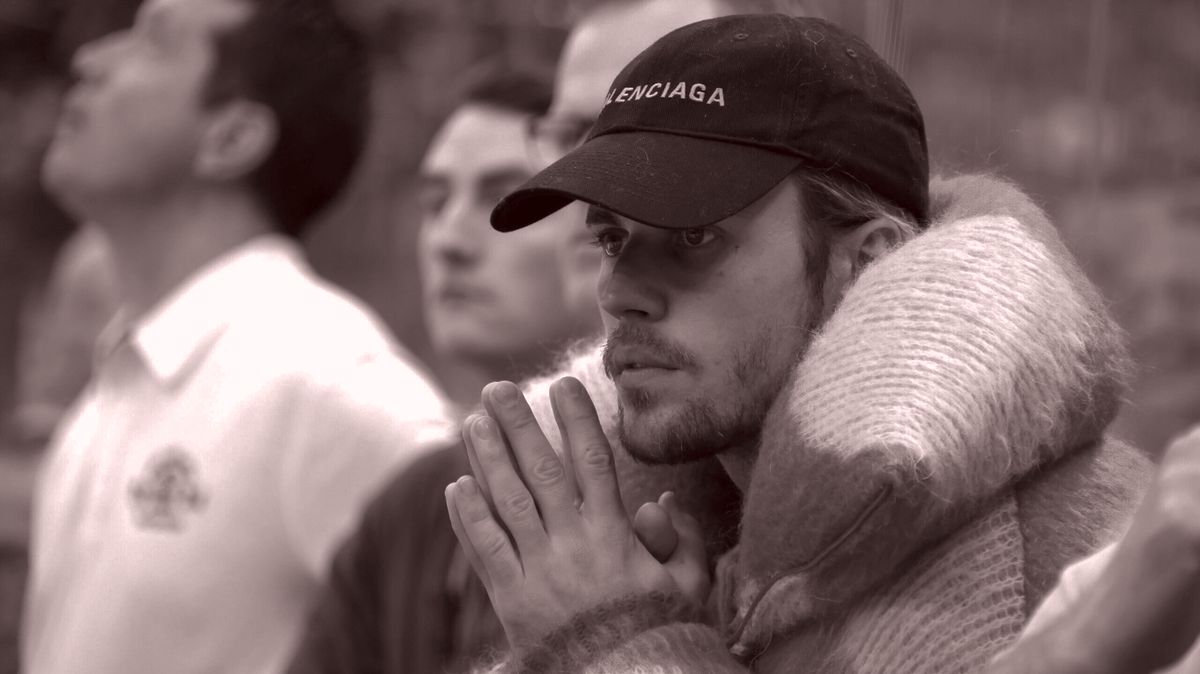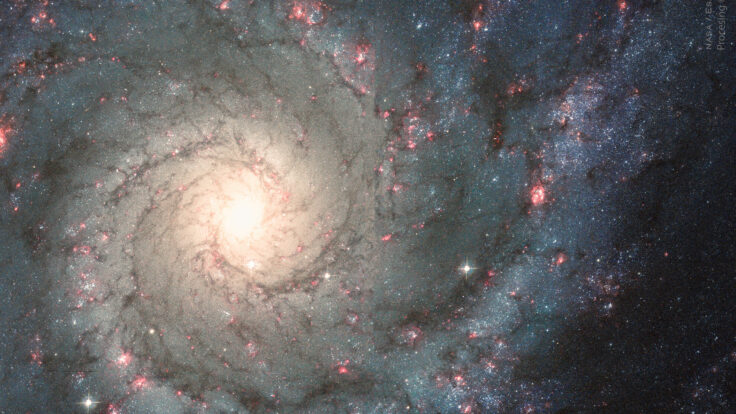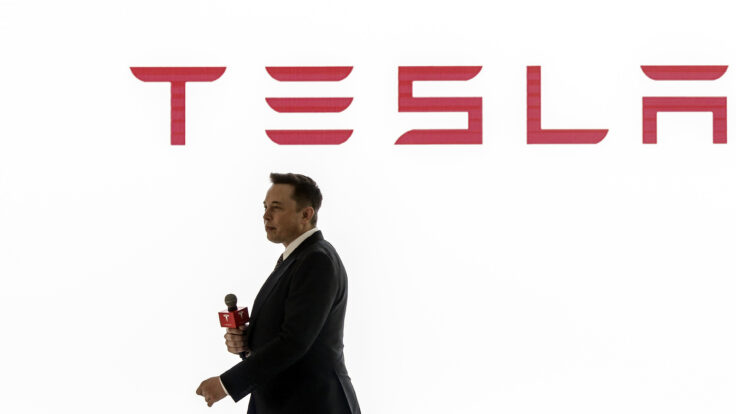Welcome back to Dry Powder, I’m Bill
Cohan.
In tonight’s issue, a look at how the value of the Trump-“Uncle Elon” romance is being discounted on Wall Street. Indeed, since Election Day, Elon’s wealth has exploded to some $425 billion, driven in part by the likely expansion of Starlink and SpaceX’s operations under Trump II. So what happens when the president-elect inevitably gets sick
of the “shadow president” narrative?
But first…
|
- A private equity morality tale, Part 2: I want to return briefly to the strange legal saga I shared last week regarding two smaller private equity firms, Vistria Group and Nautic Partners. On December 4, as you’ll recall, Delaware Vice Chancellor Lori Will issued a pointed ruling against the two firms, determining that they essentially
colluded with healthcare entrepreneur April Anthony to buy back her company from her new employer—and then, when that didn’t work out, to set up a new company to buy up businesses to compete with Anthony’s employer… while she was still working for it. “Delaware law demands that corporate officers act with the utmost loyalty to the entity they serve,” Judge Will wrote in her 114-page ruling. “They cannot compete with the corporation or divert corporate opportunities from
it without its consent.”
You’d think that kind of ruling, from one of the senior judges on the Court of Chancery, would give investors pause before shoveling more money into the two firms. But you’d be wrong, of course. On Friday, Vistria announced that it has just closed on a new, $3 billion fund, which will invest in—you guessed it—healthcare and financial services companies. The firm now has $16 billion under management. “The support from our existing limited partners and
interest we received from new limited partners from around the world for Fund V underscore the strong confidence in our investment philosophy,” co-founder Kip Kirkpatrick said in a statement. The other co-founder of Vistria, Marty Nesbitt, is a close personal friend of former president Barack Obama. He served as the treasurer of Obama’s 2008 presidential campaign, and he is the board chair of the Obama Foundation.
In any event, I’m still
stunned by the certainty of Judge Will’s ruling and now, by the timing and shamelessness of the new $3 billion fund announcement. But maybe Vistria is really on to something new, as it claims on its website. “Since 2013, we have built a firm focused on job creation, active citizenship, and positive outcomes for all stakeholders,” it writes. “Do well. Do good. Do it now. Together, we can change the world for the better. This is a new vision for investing in America.”
|
|
|
Will the investor infatuation with Tesla (or SpaceX or Starlink…)
fade after Trump and Musk have their inevitable falling-out?
|
|
|
The cover of The New Yorker, no matter how seemingly
quaint or analog, sometimes really does capture the spirit of our times. Such was the case with Barry Blitt’s masterstroke illustration, with the dateline of Inauguration Day, depicting a euphoric Elon Musk sneaking his hand onto the Bible beside Trump’s to certify his role as the shadow president of the United States—a position he seems to have been occupying ever since Election Day. Like the best comedy, it’s funny because it’s true
and grotesque at the same time. Brilliant.
Questions have been circulating at Mar-a-Lago for weeks about how long the bromance between Trump and Elon will last. My partner Tara Palmeri has reported that some in Trump’s inner circle refer to Musk as “Uncle Elon” and assume that
he’ll eventually overstep his elastic bounds and run afoul of his new buddy—a fate that has befallen virtually all of Trump’s former appointees and advisors, from Steve Bannon to Jeff Sessions to John Kelly (a different one) and our friend The Mooch. After all, chances are slim that these two ginormous egos will coexist peacefully in the relatively tight confines of the Oval Office.
|
|
|
A MESSAGE FROM OUR SPONSOR
|
Understand what’s influencing your customers’ trust in AI. Only 42% of customers trust
businesses to use AI ethically, down from 58% in 2023. Our seventh annual report shares insights from over 16,000 consumers and business buyers on how to bridge the trust gap in an era of rising customer expectations and more powerful technologies.
Download the report
|
|
|
In fact, despite the escalating fixation on DOGE and other
Silicon Valley notables pledging their service to its budget-slashing mission, I’m not sure Elon will even make the trip to Washington. And, if he does, his access to the Oval will be severely limited. Elon may be the richest person in the world by a couple hundred billion, but Trump is the duly elected leader of the free world—even if he’s also the first convicted felon to serve in the office—and he’ll been quarantined by Susie Wiles, various sycophants, the burdens of
governance (including the rescue efforts in Los Angeles), and bureaucrats who operate according to security clearances rather than whims and posting on X. It will be a fascinating test in endurance and patience for an infamously twitchy disruptor.
But what about Wall Street’s love affair with Elon? Musk was already the world’s richest man before the election, aside from the few months when LVMH was on fire and
Bernard Arnault sat atop the standings. During that reign, Elon’s vast wealth hovered around $250 billion, driven mostly by the market’s absurd enthusiasm for Tesla. (I get and even appreciate the devotion to Tesla, but not at the ridiculous multiples—something like 107x earnings—at which the company currently trades.) Since Election Day, however, with Elon seemingly taking up residence at Mar-a-Lago and threatening a McKinsey-style colonoscopy of the federal
government, his wealth has ballooned to some $425 billion—driven in part by optimism about Starlink’s and SpaceX’s likely expanding role under Trump II—as well as an increase in Tesla’s stock, which is up some 61 percent since November 6 alone. Is this too good to be true, or merely the beginning of a true wealth-distributing explosion? (As ever, this is not investment advice.)
|
Not all of this makes a ton of sense. Tesla’s astounding stock
explosion, for instance, came despite Trump’s chatter that he would end the federal subsidy for electric vehicles, and despite the fact that BYD, the Chinese electric carmaker, has been eating Tesla’s lunch globally while the ascendant Hyundai is closing the gap domestically and abroad. Much of the ostensible future value of Tesla is embedded in the notion that its cars are really a technology platform to deliver “full self-driving,” a promise Musk has been
making for over a decade. Meanwhile, Tesla delivered 495,570 cars in the fourth quarter of 2024, some 12,000 fewer than Wall Street analysts expected.
And yet, Tesla’s market value is now $1.22 trillion, some $500 billion more than the market value of
the next 10 largest global automobile companies combined. That’s right, more than Toyota, BYD, Porsche, Mercedes, Ferrari, et al. thrown together.
|
|
|
How long does this romantasy between Tesla investors and Elon
continue? Investors who have shorted Tesla over the years, betting the stock was ridiculously overvalued and would decline, have been burned repeatedly. (Scholars of the short-interest subgenre should revisit my riveting conversation with Bob Sloan, the founder of S3, the private data and analytics company that dominates the space.) Many are still betting that Tesla will
fall back to Earth. Short interest in the stock is some 81 million shares, or a mere 2.5 percent of the float. But shorting a stock such as Tesla, which is so fundamentally and perversely detached from its financial performance, is a fool’s errand, and extremely risky. (Again, not investment advice…) Indeed, markets can stay irrational longer than most investors—even guys like Gabe Plotkin—can stay solvent, as Keynes apocryphally noted about the dangerous art of
the short.
While Musk loves to talk about how artificial intelligence and car-building robots will transform Tesla before its competitors in the future catch on, the carmaker’s present situation is challenging. There’s been plenty of chatter about how their latest models aren’t nearly as innovative as the earlier ones. I think we can all agree that the Cybertruck is a disaster in every regard—and not just
aesthetically. Sales of the truck have been estimated at between 9,000 and 12,000 for the just-finished quarter, far below initial projections. (And that’s before one was blown up outside a Trump casino in Las Vegas.) Cutting through it all, there is simply no justification for the valuation that Tesla enjoys. Even if markets can stay irrational longer than most of us can remain flush, they do eventually align with realities—or used to, anyway.
|
“Money Doesn’t Like Weird”
|
Of course, Tesla is not Elon’s only company that has attracted
investor excitement. SpaceX, of which Elon owns 40 percent, recently did a round of secondary stock sales that valued the company at $350 billion, up two-thirds in the six months from the last round of secondary sales that valued the company at $210 billion.
However, unlike Tesla, SpaceX is private, and thus its financial statements are not available publicly. But between its stellar
management team, the ongoing expansion of Starlink, the satellite-based internet service provider that is part of SpaceX, and the increasingly invaluable role SpaceX seems to be playing in the U.S. space program—to say nothing of the dazzling display Elon put on in October, when a SpaceX booster rocket was captured as it returned to the launch pad—the company’s valuation might well be justified. In any event, I’m sure the likes of a16z, Fidelity, and Google, among SpaceX’s many other investors,
are well pleased with how things are going. Is the Boring Company worth $7 billion, its valuation during the last round of fundraising in October 2023? I couldn’t tell you. It’s a private company, too, of which Elon still owns around 90 percent.
Elon’s one dud, of course, is X, for which he forked over $24 billion of his own cash as part of the $31 billion of equity invested in the $44 billion
buyout before its advertising business collapsed. At best, X is worth the $13 billion of outstanding debt on the company, on which Elon still pays some $1.3 billion in annual interest to a consortium of Wall Street’s largest financial institutions. Those payments are a gift to the banks that still own the debt, which under normal circumstances would have been syndicated and sold off by now.
I’m sure
Elon would prefer to have not done a faceplant on the equity he and his buddies invested in Twitter, but I don’t hear any of them complaining—especially after the platform helped elect Donald Trump. I’m sure the smart guys at a16z could justify the $400 million they sunk (literally) into X as a bump on the road during their Space X moonshot. Ditto Fidelity, which alone is getting close to taking the full writedown on its equity investment.
How does this end for Elon? He could yet decide to merge X with a publicly listed company like DJT—Trump Media—and watch it become the ultimate social media meme stock. I could see that happening, as I’ve written before. On the other hand, if the two egomaniacs have a falling-out, the X/DJT combo might come a cropper.
As for SpaceX, I suspect its valuation still has room to run. The next test will come next month, when a SpaceX rocket brings back two astronauts who have been stuck on the International Space Station for months. If that goes off without a hitch, I’d bet SpaceX’s valuation will continue to soar.
Tesla’s medium-term valuation is a bigger question mark. If we’re already at peak Donald-Elon romantasy
and the carmaker’s stock returns to where it was before the election, watch out below. Tesla falling back to Earth will make a helluva racket. “In the end money doesn’t like weird—and it particularly doesn’t like loud weird,” the journalist Caitlin Moran wrote in The Times of London. “I will be astonished if, in ten years’ time, Musk is still regarded as a brilliant businessman. Even a genius can’t run multiple businesses when his main gig is shouting
‘F U retard’ at 7:30am on X. It’s all starting to look less like ‘a big personality’ and more like something… diagnosable. The thing about disaster capitalism is you’re supposed to take advantage of it—not be it.”
|
|
|
Join Puck’s chief political columnist, John Heilemann, as he roams the corridors of power and influence in America
on this twice-weekly interview show, taking you beyond the headlines with the people who shape our culture: icons and up-and-comers, incumbents and insurgents, moguls and machers in the overlapping worlds of politics, entertainment, tech, business, sports, media, and beyond. The conversations are rich and revealing, unrehearsed and unexpected… and reliably impolitic. A Puck-Audacy joint, new episodes drop every Wednesday and Friday.
|
|
|
Puck’s daily political newsletter from Washington—featuring Tara Palmeri, Julia Ioffe, Peter Hamby, Tina Nguyen,
Abby Livingston, and chief political columnist John Heilemann—on what’s really happening in this town, from the White House to the Pentagon to Capitol Hill, K Street, and the campaign trail.
|
|
|
Need help? Review our FAQ page or contact us for assistance. For brand partnerships, email ads@puck.news.
You received this email because you signed up to receive emails from Puck, or as part of your Puck account associated with . To stop receiving this newsletter and/or manage all your email preferences, click
here.
|
Puck is published by Heat Media LLC. 107 Greenwich St, New York, NY 10006
|
|
|
|
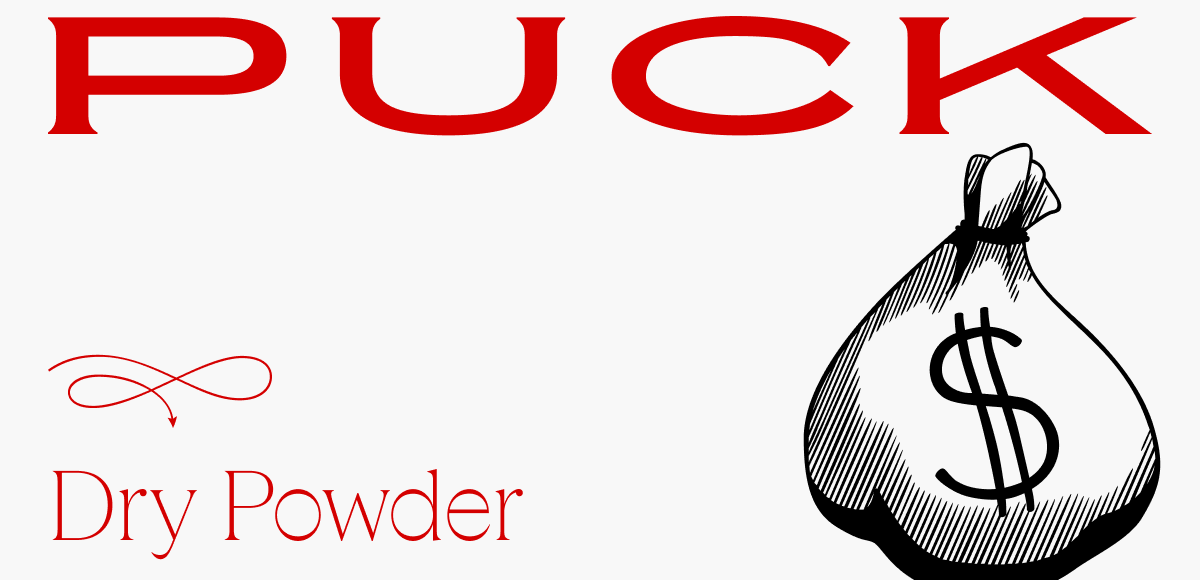

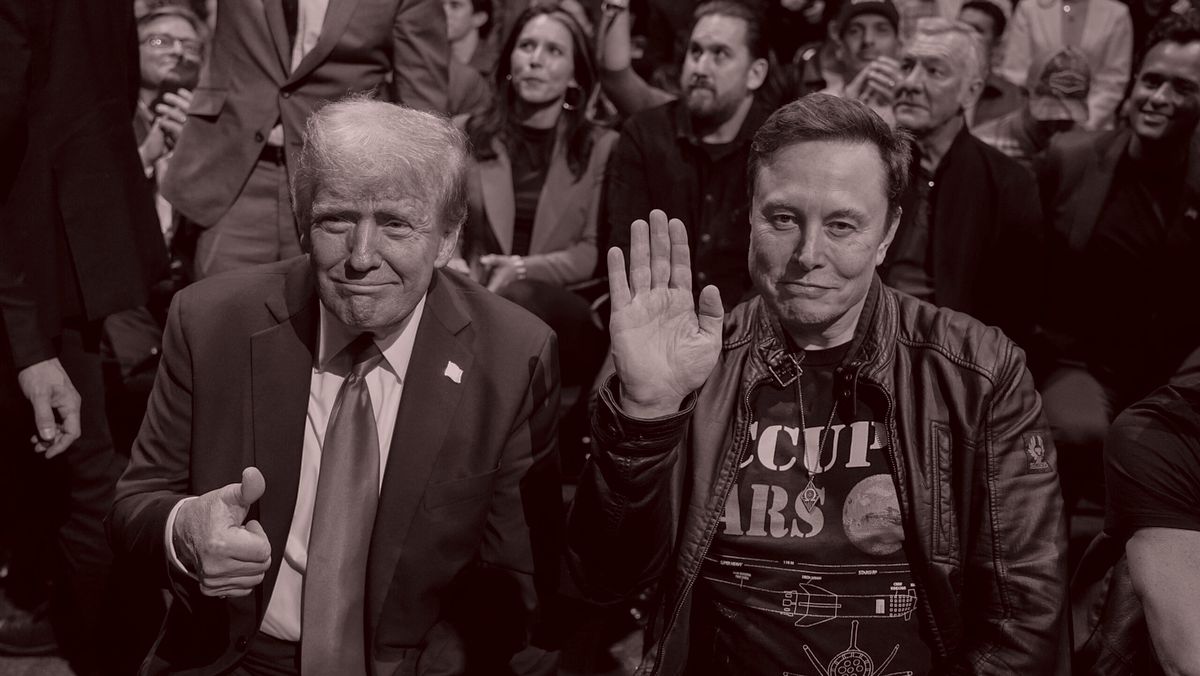

_01JH86E68QH7XHB1PA00EH4A54.png)
